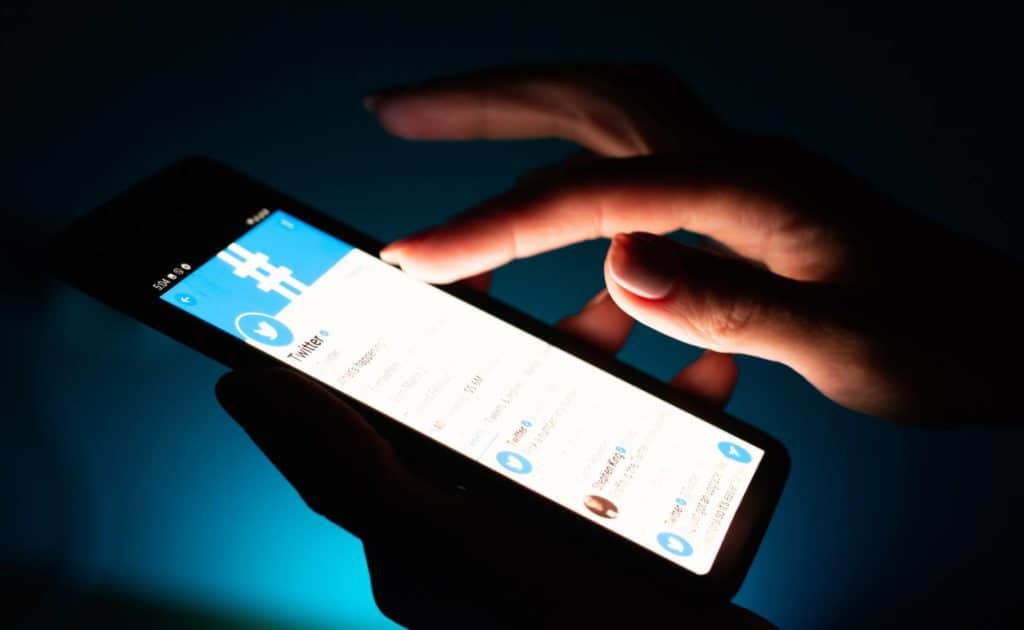Elon Musk had taken millions of users under his confidence when he resolved to solve their complaints of being “shadowbanned.” A shadow ban refers to a decrease in visibility or partial blocking of a user’s post from Search results.

Quick Facts
- Twitter executives are responsible for suppressing the visibility of a few accounts and the process is called “visibility filtering”
- After receiving endless complaints from users, Elon Musk promised to roll out a software update to combat the issue
- The update was expected to show users their “true account status” and whether they are shadowbanned
- It would inform shadowbanned users of the reason behind their decreased visibility and how to appeal against such decisions
After Elon Musk bought Twitter for $44 billion, he actively tried to understand individual user complaints and racked his brains over resolving the visibility issue.
He announced that the platform will launch a software update reflecting “true account status”. He assured users that the new feature would reveal the whys and hows of the ramifications of “visibility filtering.”
However, nothing concrete ever came out of it.
What is “shadowbanning” on Twitter?
Twitter intentionally decreases the visibility of some users calling it “visibility filtering” to prevent unfavorable tweets from trending. Although the practice does not curb freedom of speech, it makes the posts redundant, as other users cannot see them.
Free Press founder Bari Weiss revealed that Twitter executives and employees use the term “visibility filtering” or “VF” for shadow banning. The tool helps in concealing posts from users who are deemed inappropriate or questionable by Twitter.
Two Twitter employees reportedly revealed that the platform controls visibility extensively using the tool. The platform also controls the “amplification” of content to a huge extent and regular users are unaware of it.
Who has been “shadowbanned”?
Weiss accused Twitter employees of “building blacklists” to “prevent disfavored tweets from trending. She then proceeded to disclose more details in a series of elaborate tweets.
One of them reads “A new Twitter Files investigation reveals that teams of Twitter employees build blacklists, prevent disfavored tweets from trending, and actively limit the visibility of entire accounts or even trending topics – all in secret, without informing users.”
Weiss has also claimed that Twitter has put Stanford’s Dr. Jay Bhattacharya, who believes Covid lockdowns are bad for children, on a secret “Trends Blacklist.” In addition, some right-leaning and conservative users have been clubbed into particular categories to stop their tweets from gaining attention.
These users have been shadowbanned. Another user Chaya Raichik, the woman who runs the account Libs of TikTok, shared that her name is on a “trends blacklist” and asked Elon Musk for a remedy.
Meanwhile, Catturd, a well-known MAGA shitposter revealed that he was “shadowbanned, ghost banned, search banned.” Jack Posobiec, a right-wing personality revealed that he was notified about his perceived absence on Twitter.
To ease the situation, Elon Musk responded to every user and reassured them of a solution in the near future. However, his tweet comes after a controversial phase where Twitter denied permitting shadow banning on its platform.
When did Twitter deny shadowbanning?
In 2018, former Twitter executive Vijaya Gadde and current Twitter GM (consumer) Kayvon Beykpour confidently denied shadow ban allegations in a blog post. “People are asking us if we shadow ban. We do not,” their statement read.
The same year, in order to reduce costs, Elon Musk fired thousands of employees including Gadde, who denied using the tool. Musk’s assurance came after a tweet where he declared that the microblogging site will become a hub for free speech.
Beyond that, Twitter has not given away any hint or information on the functionality of the tool. So the staff workers or department responsible for overseeing “Visibility Filtering” on the platform is not known at the moment.